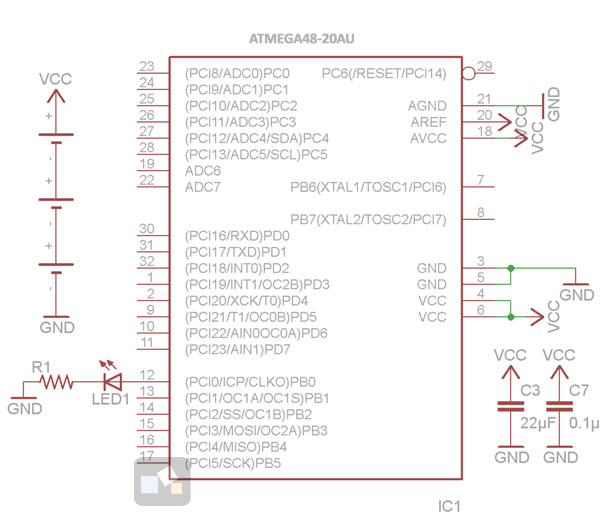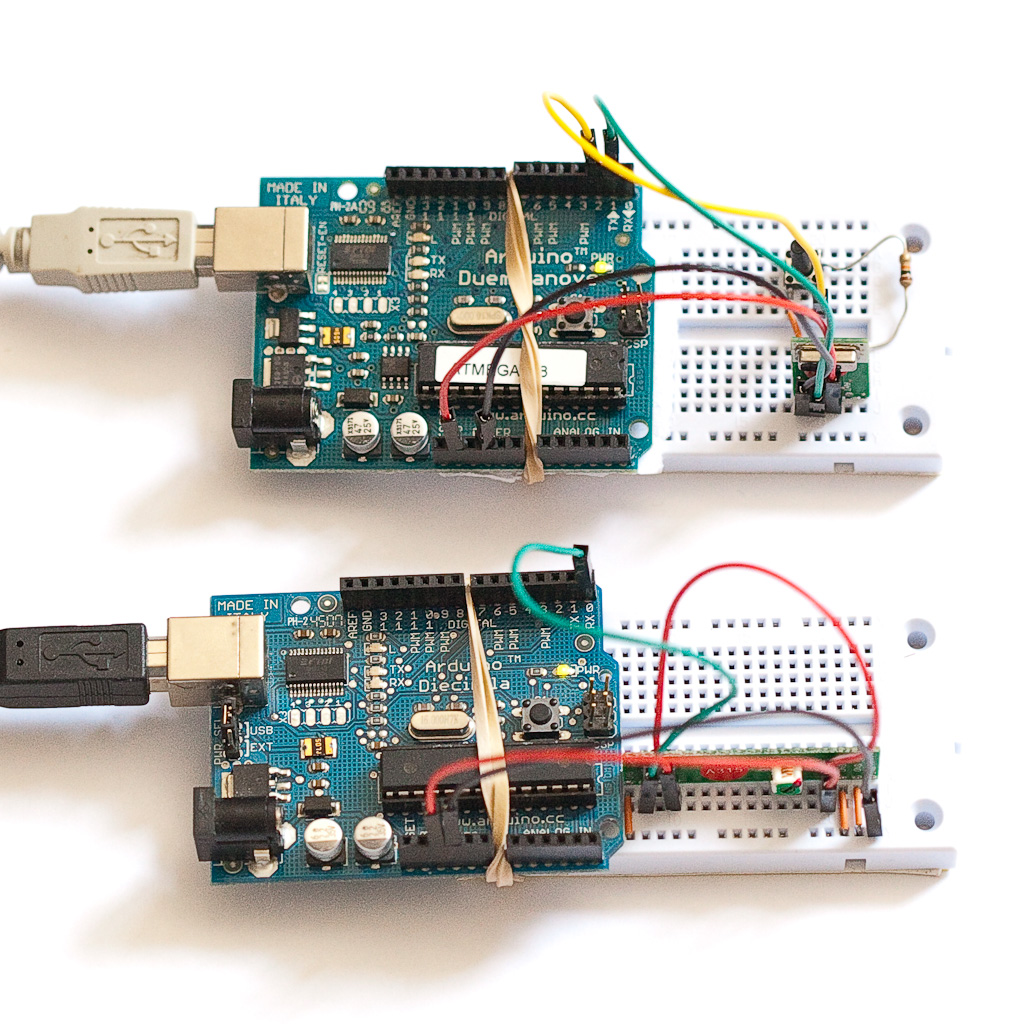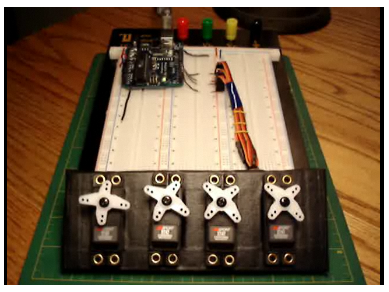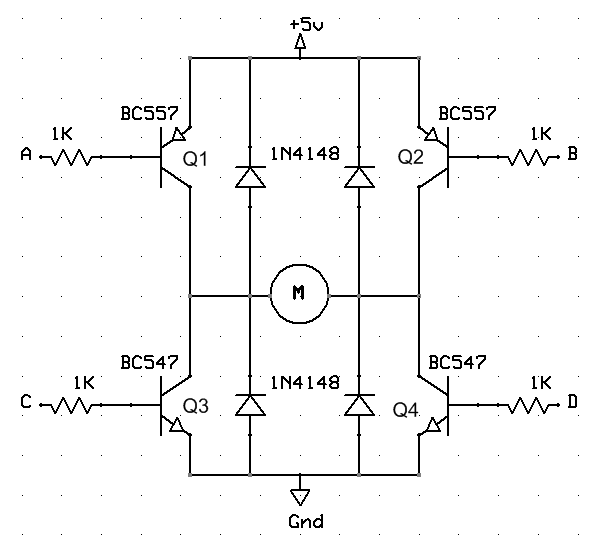Interface a barometric pressure sensor with Arduino
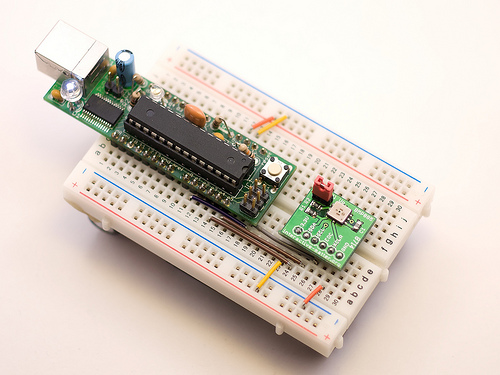
This tutorial describes how to use a pressure sensor with an Arduino board. The sensor used is BMP085, which is a high-precision, ultra-low power barometric pressure sensor for use in advanced mobile applications. It offers superior performance with an absolute accuracy of down to 0.03 hPa and using very low power consumption down to 3 µA. The BMP08 accepts 1.8 to 3.6 Volts and supports I2C interface.
Read more